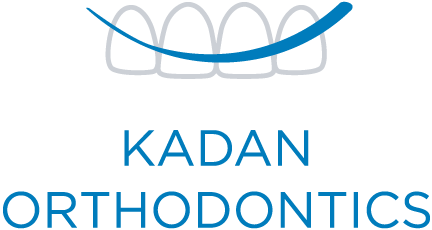Signs That a Child is Suffering From Sleep Apnea
Does your child seem drowsy during the day? Does he or she snore or wake up breathless in the middle of the night? They could have Obstructive Sleep Apnea (OSA) – a chronic condition where breathing stops periodically during sleep because soft tissue is relaxing and obstructing the airway.







